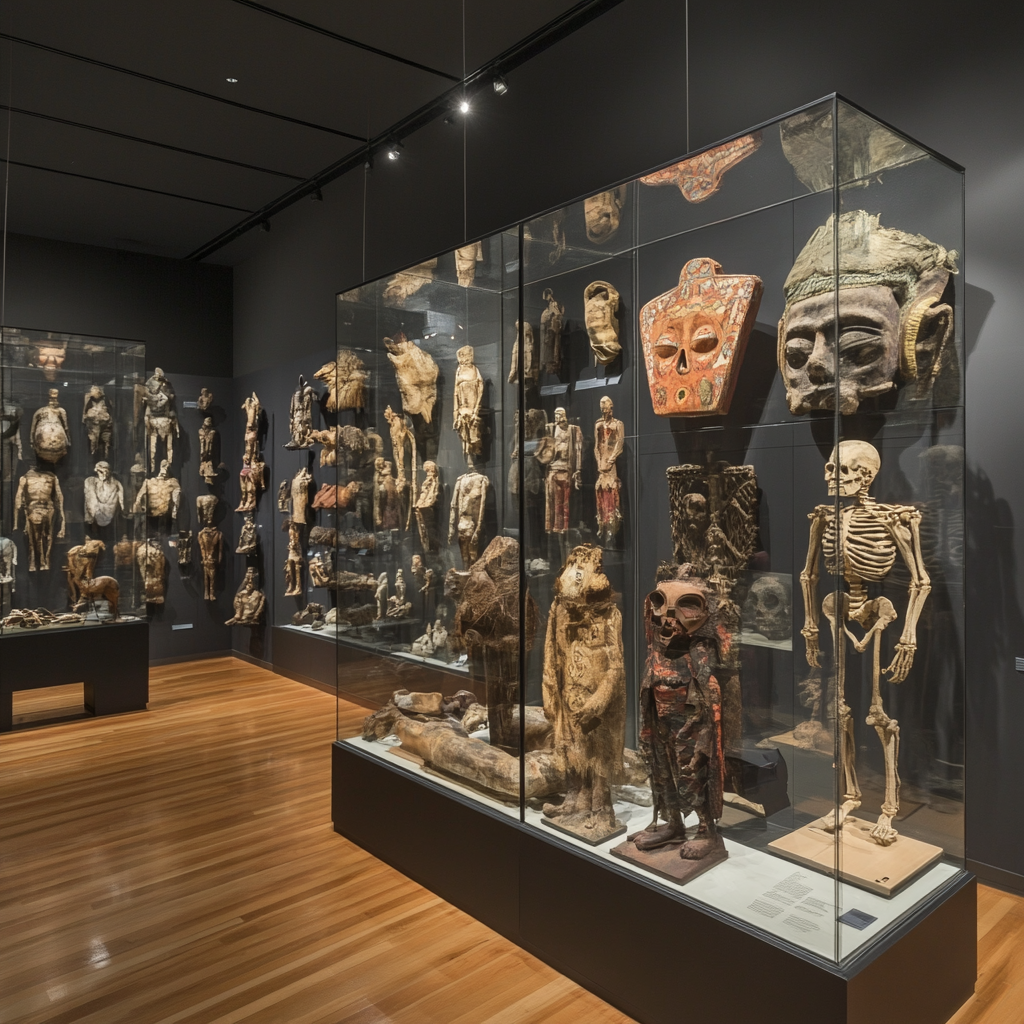
The Colonial History of Berlin’s Most Famous Natural History Exhibit Location: Naturkunde Museum We are at the Naturkunde Museum in Berlin, where thousands of visitors flock to see one of its most famous exhibits: The Giraffatitan brancai is one of the largest and tallest reconstructed dinosaur skeletons in the world. A breathtaking sight, but did […]

Should Queen Nefertiti’s Bust Be Sent Back Home to Egypt? One of Berlin’s most iconic museum exhibits is the striking bust of Queen Nefertiti, a queen of the 18th dynasty of ancient Egypt. Displayed at the Neues Museum on the Museumsinsel, this masterpiece is a must-see for tourists and a global symbol of beauty and […]
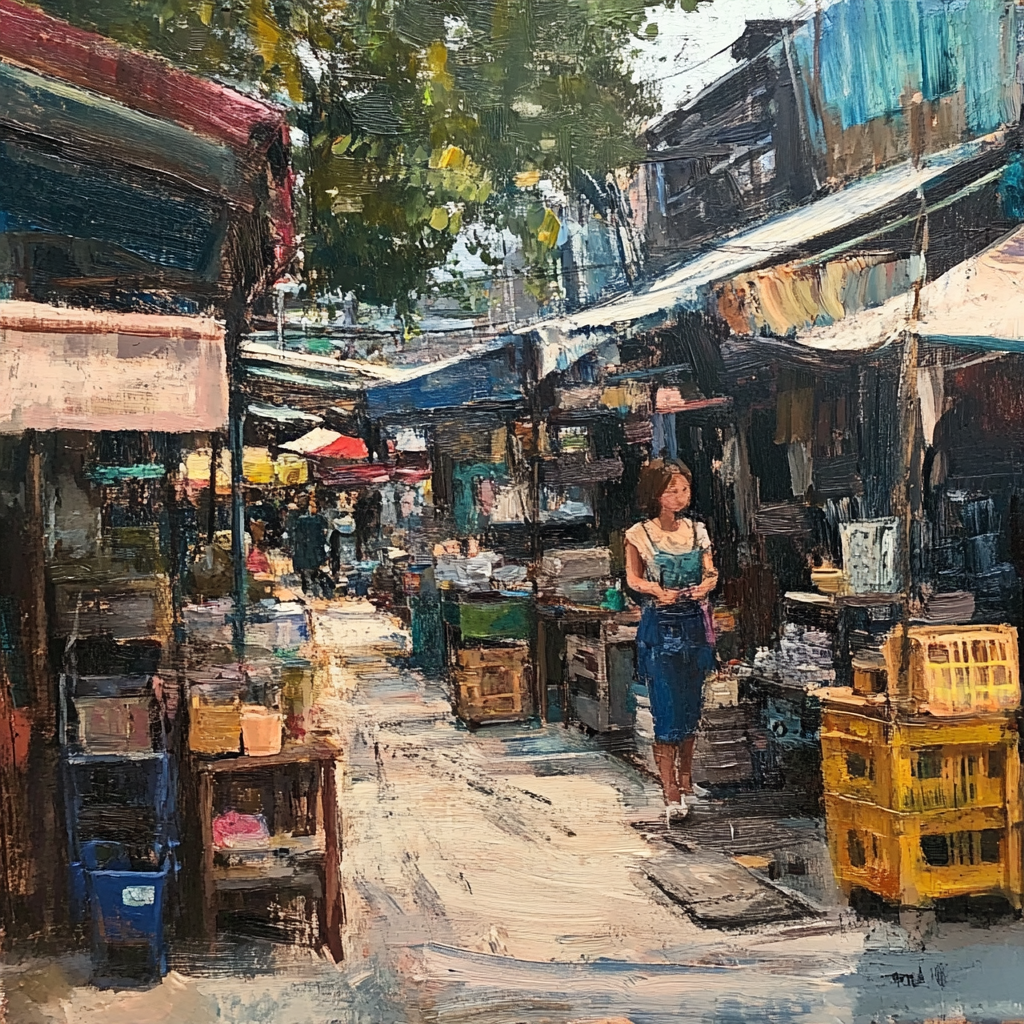
A Flea Market Selling Human Skulls Shocking Discoveries in Germany’s Colonial Past We are standing outside one of the most prestigious medical facilities in all of Europe—Charité. But did you know this is the location where many human remains from Germany’s colonial past have been stored? Charité’s collection contains 106 human remains from Africa, Oceania, […]
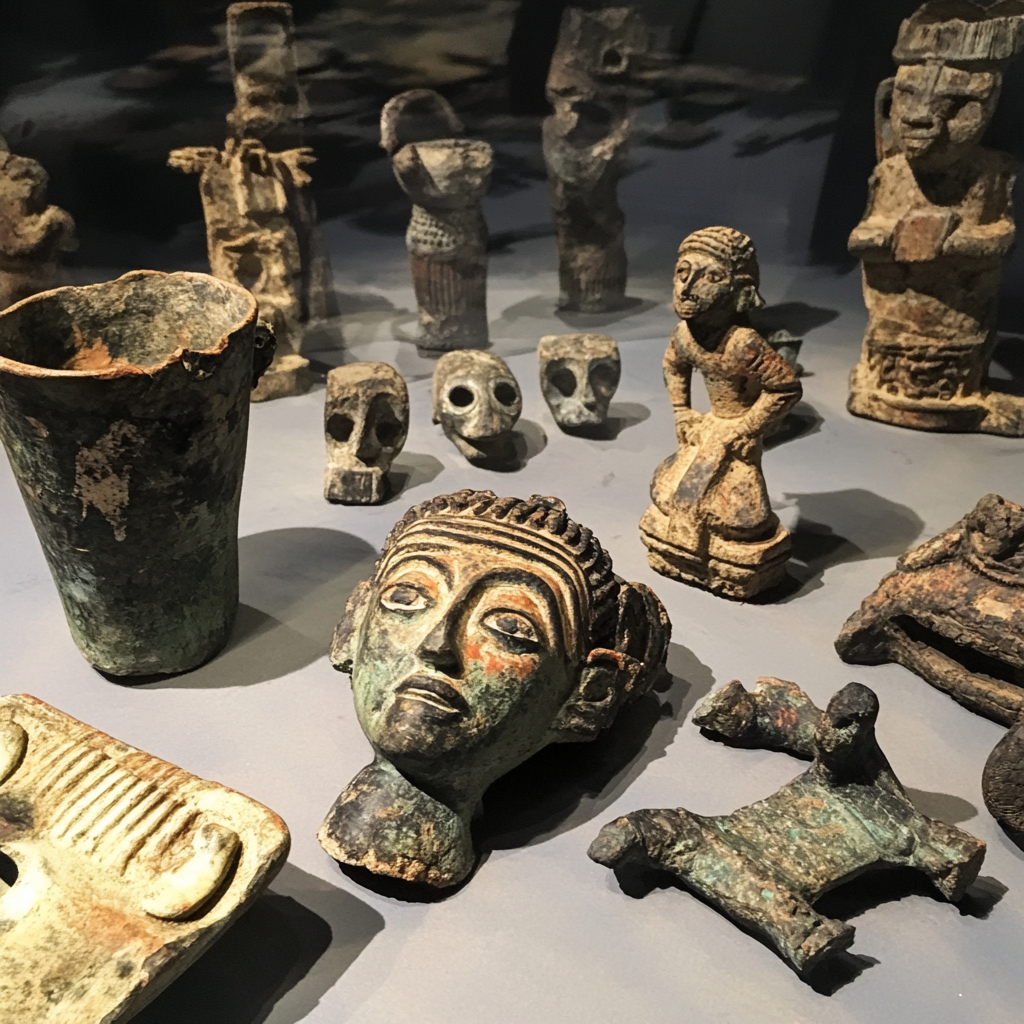
The Kulturgutschutzgesetz (KGSG) and Its Impact on Restitution Introduction The Humboldt Forum and many European museums house vast collections of cultural objects looted from Africa, Asia, Oceania, and the Americas. This raises an important question: Why don’t countries like Nigeria or the Democratic Republic of Congo sue museums to reclaim their stolen artifacts? Legally, many […]

Berlin City Palace: A History from 1918 to 1950 Setting the Context We are standing at the Humboldt Forum in the heart of Berlin. This location, also known as the Berlin City Palace, was once the seat of power for the Electors of Brandenburg, the Kings of Prussia, and eventually, the German Emperor, Kaiser Wilhelm […]
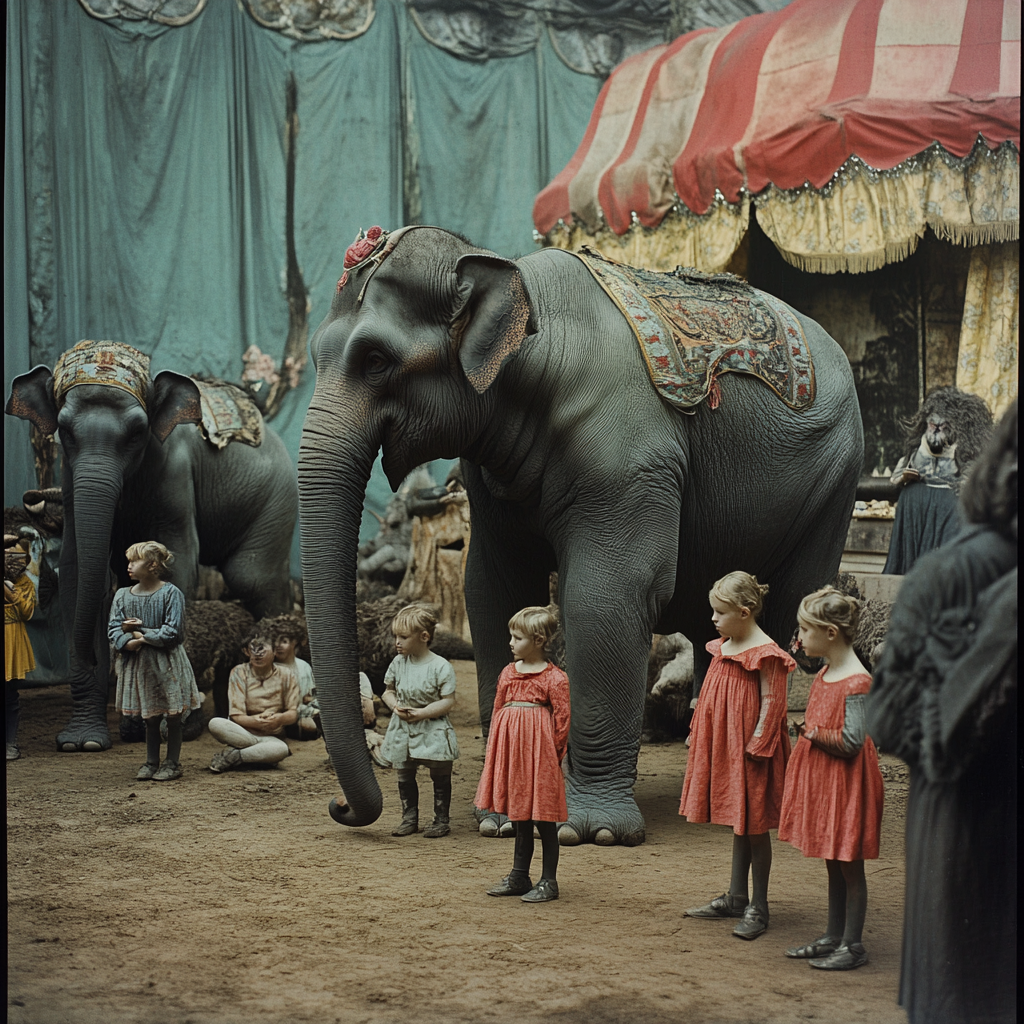
The Human Zoo at Treptower Park A Forgotten Chapter in Berlin’s History If you watched our video on Instagram Page you know that at Karpfenteich, a pond in the Alt-Treptow region. It’s located just behind the largest Soviet memorial in Berlin. Around this pond are signs forbidding fishing and bathing. But what’s missing is a […]

¿Por qué los héroes no pueden ser femeninos? ¿Te lo has preguntado alguna vez? Tal vez esta narrativa sea falsa. A lo largo de la historia, innumerables mujeres se han alzado como líderes, guerreras y estrategas, desafiando las expectativas convencionales. Una de ellas es Anacaona, una reina legendaria que luchó contra los colonos españoles en el Caribe durante el siglo XVI.
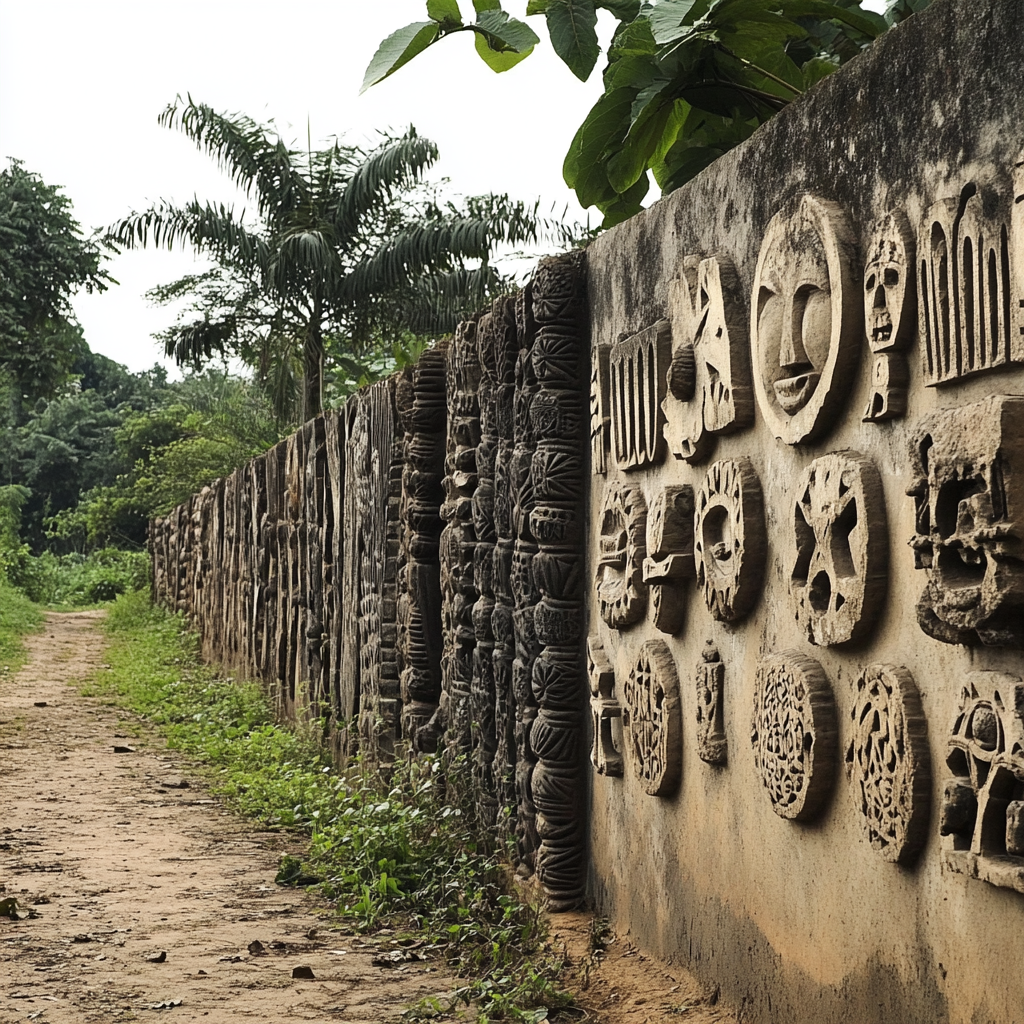
El Imperio de Benín, conocido originalmente como Igodomigodo, que significa "gobernantes del cielo", fue un reino notable y sofisticado que floreció en África Occidental antes de la colonización europea. Situado en lo que hoy es Nigeria, el imperio gobernaba sobre el pueblo Edo y era uno de los reinos más poderosos de la región. Fundado en el siglo XIII, el reino de Benín está considerado uno de los más antiguos de África Occidental. Su historia es rica en historias de conquistas militares, brillantez artística y compleja gobernanza que dieron forma a su legado.
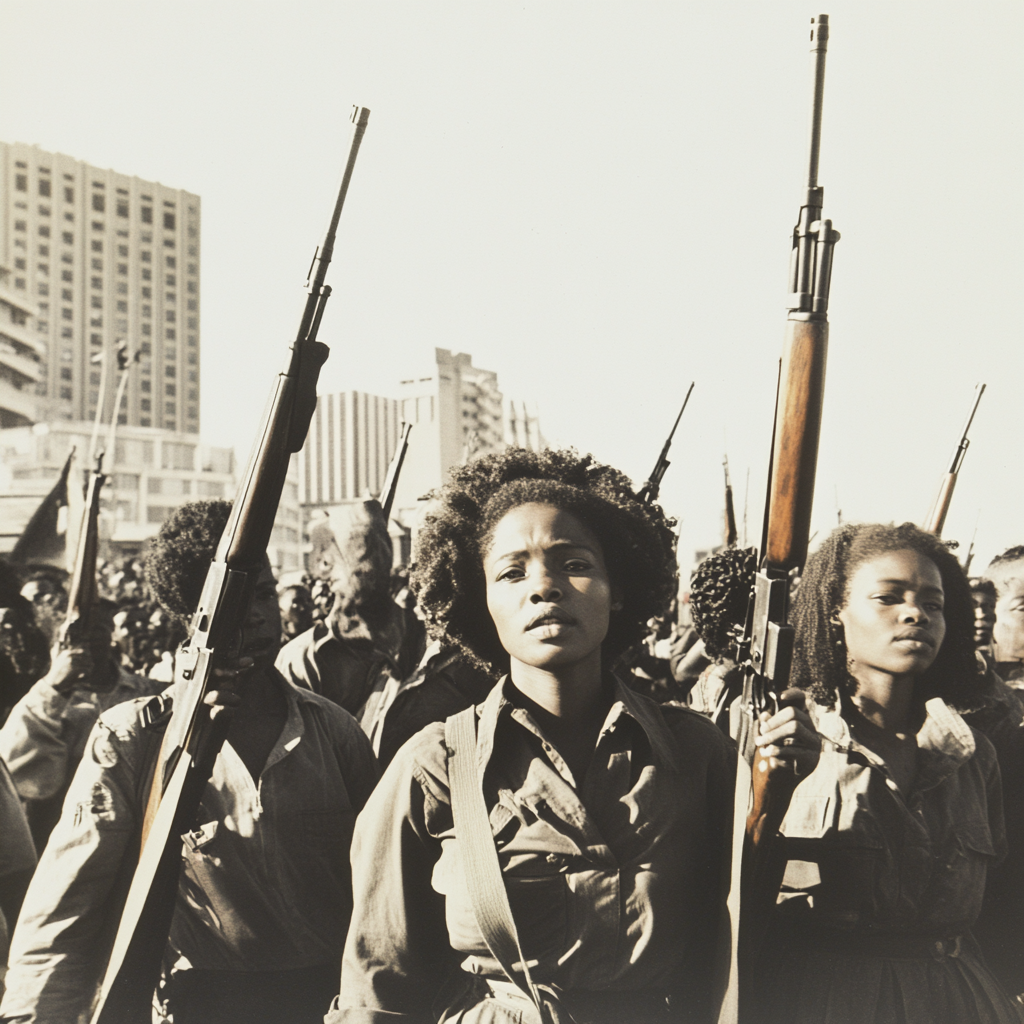
Anna Mungunda es un poderoso ejemplo de la resistencia de las mujeres al régimen represivo del apartheid aplicado por la policía sudafricana en Namibia. Tras la Primera Guerra Mundial, Namibia cayó bajo la ocupación sudafricana después del dominio colonial alemán, y el país fue sometido a las mismas leyes racistas y coloniales que Sudáfrica bajo el apartheid.

Yaa Asantewaa es un brillante ejemplo de la resistencia, la fuerza y el poder de una reina africana para proteger su reino. Fue la reina madre del reino Ashanti, situado en la actual Ghana, y reinó desde 1880 hasta su fallecimiento en 1921. Yaa Asantewaa desempeñó un papel fundamental en las guerras británico-ashantis que se desarrollaron a finales del siglo XIX y principios del XX.










